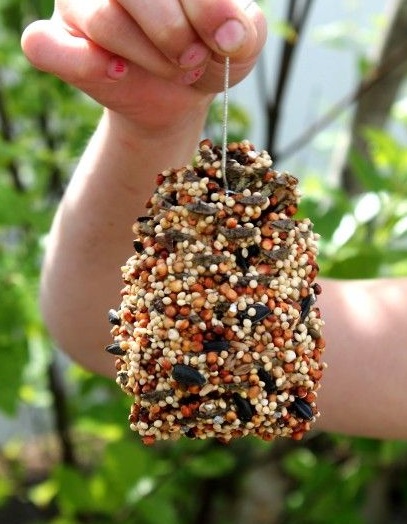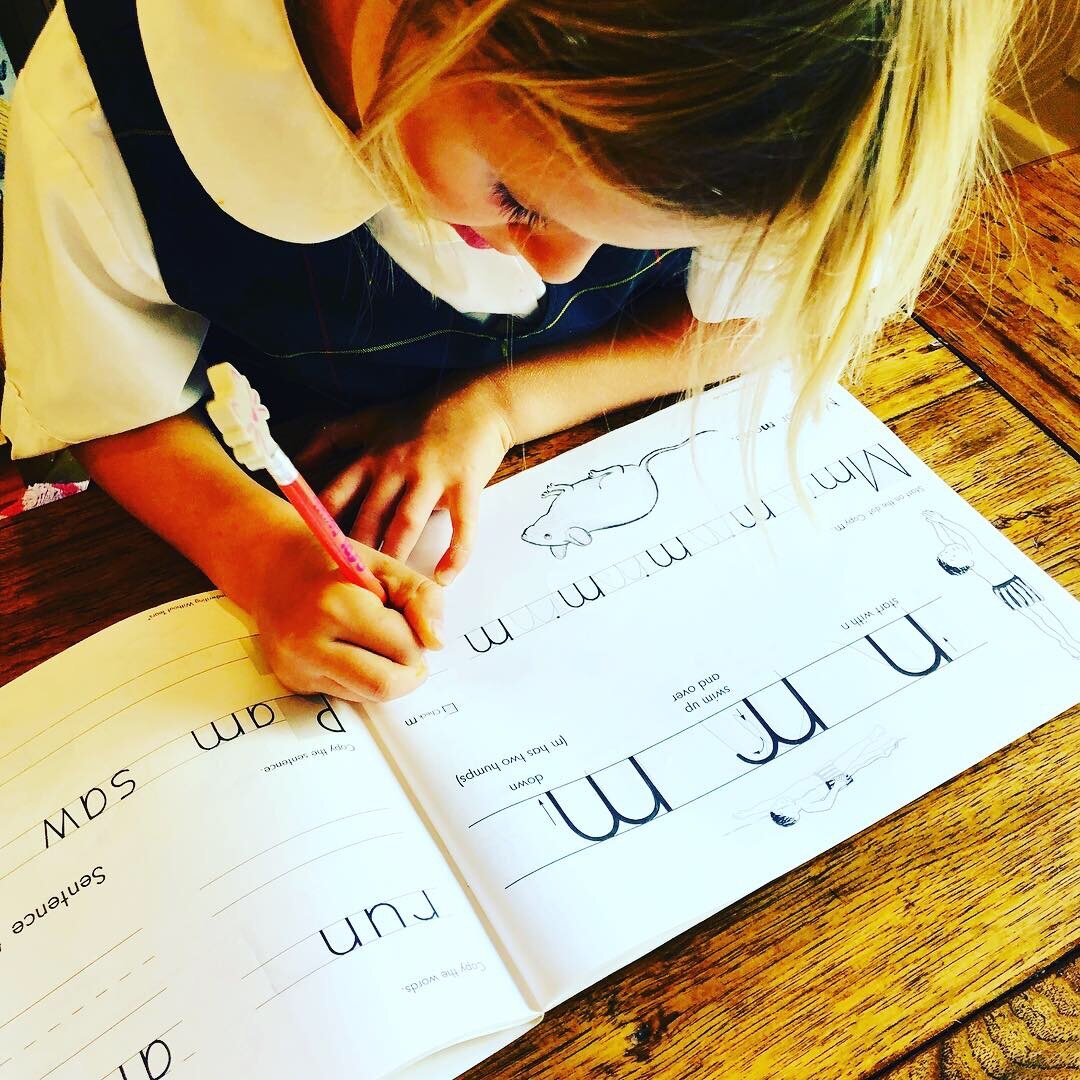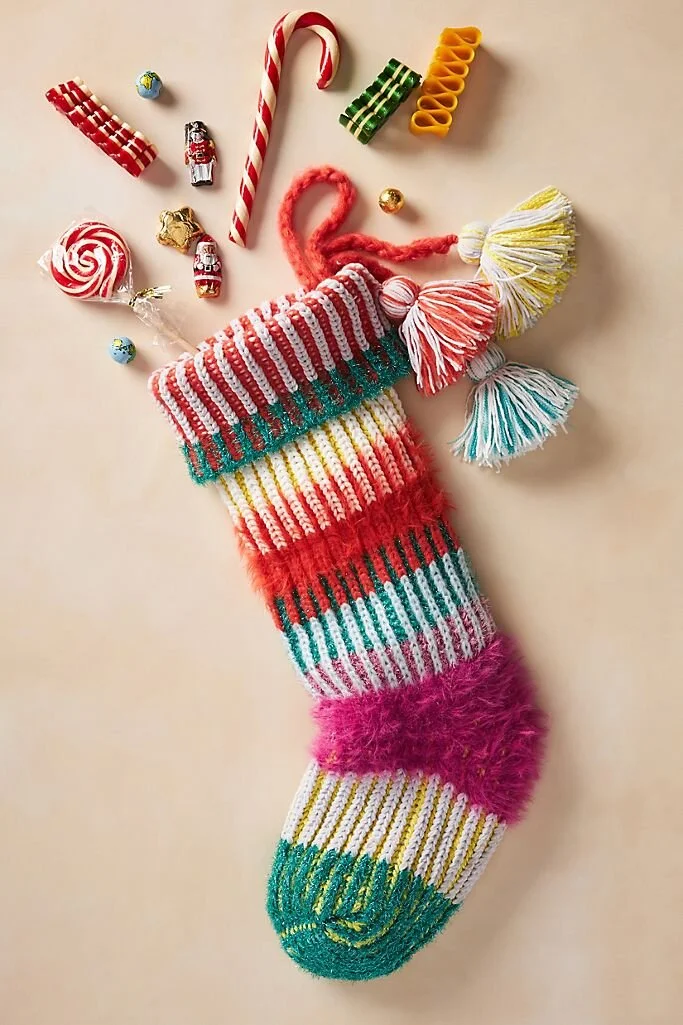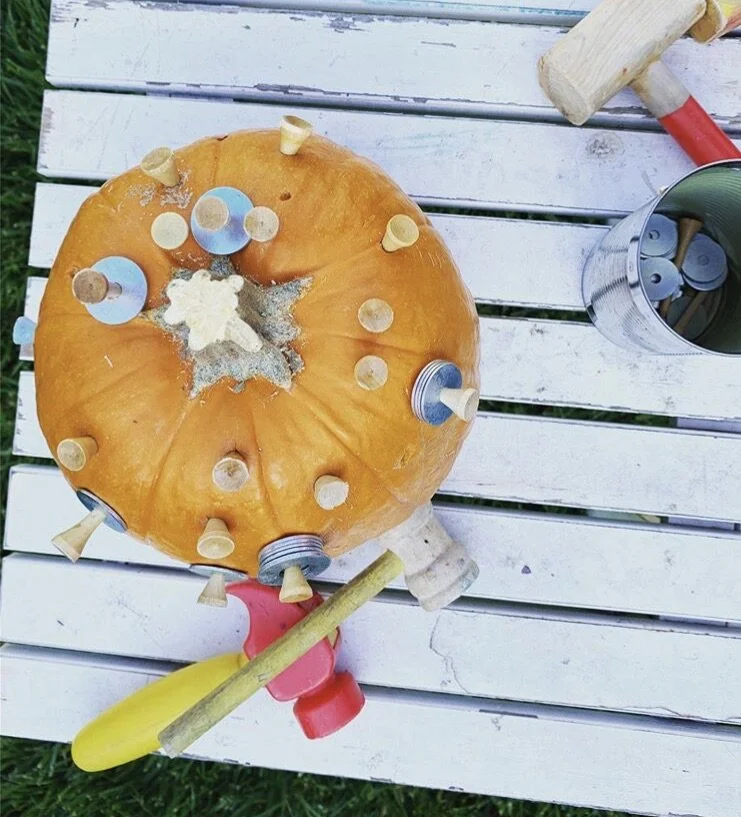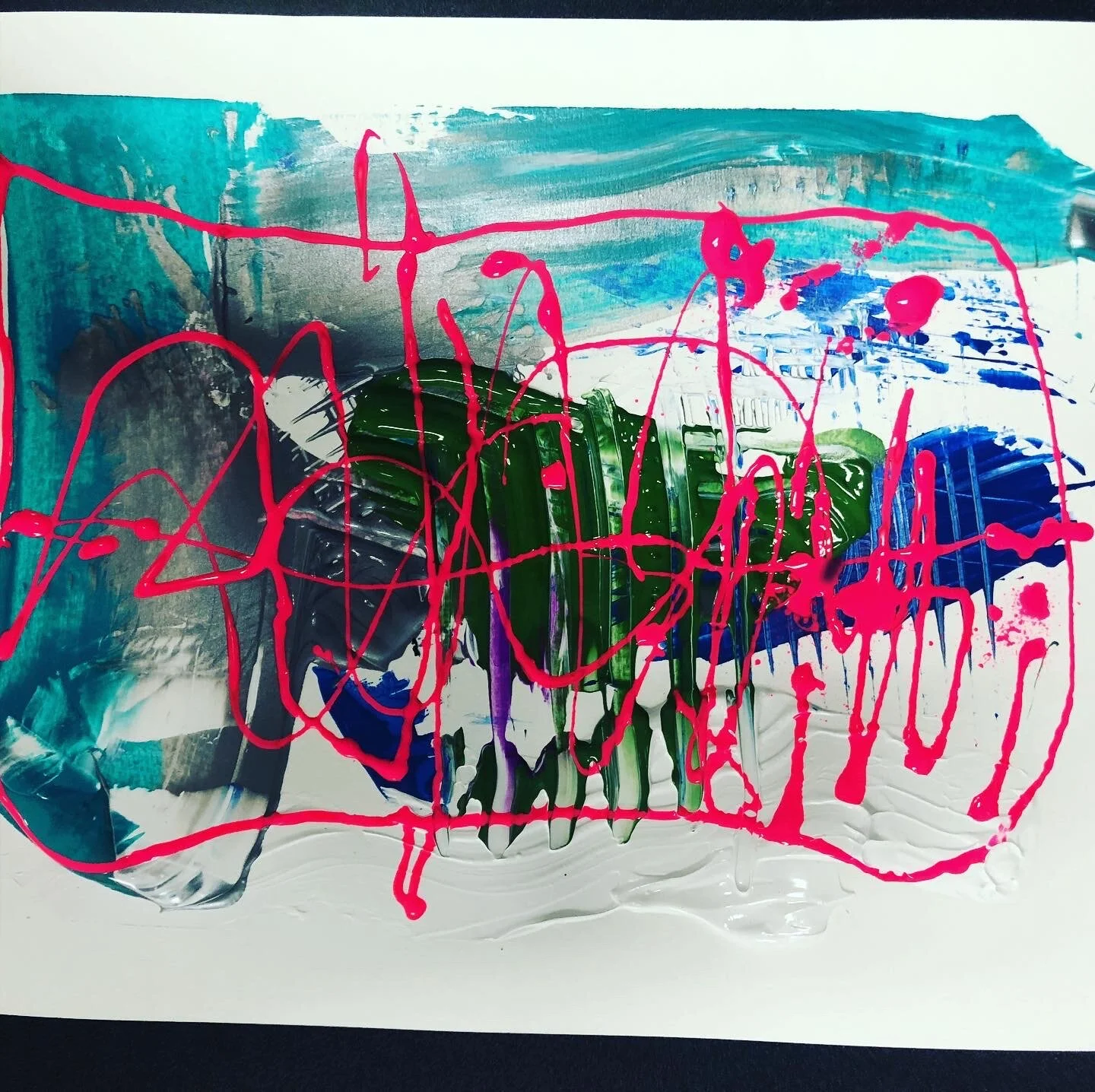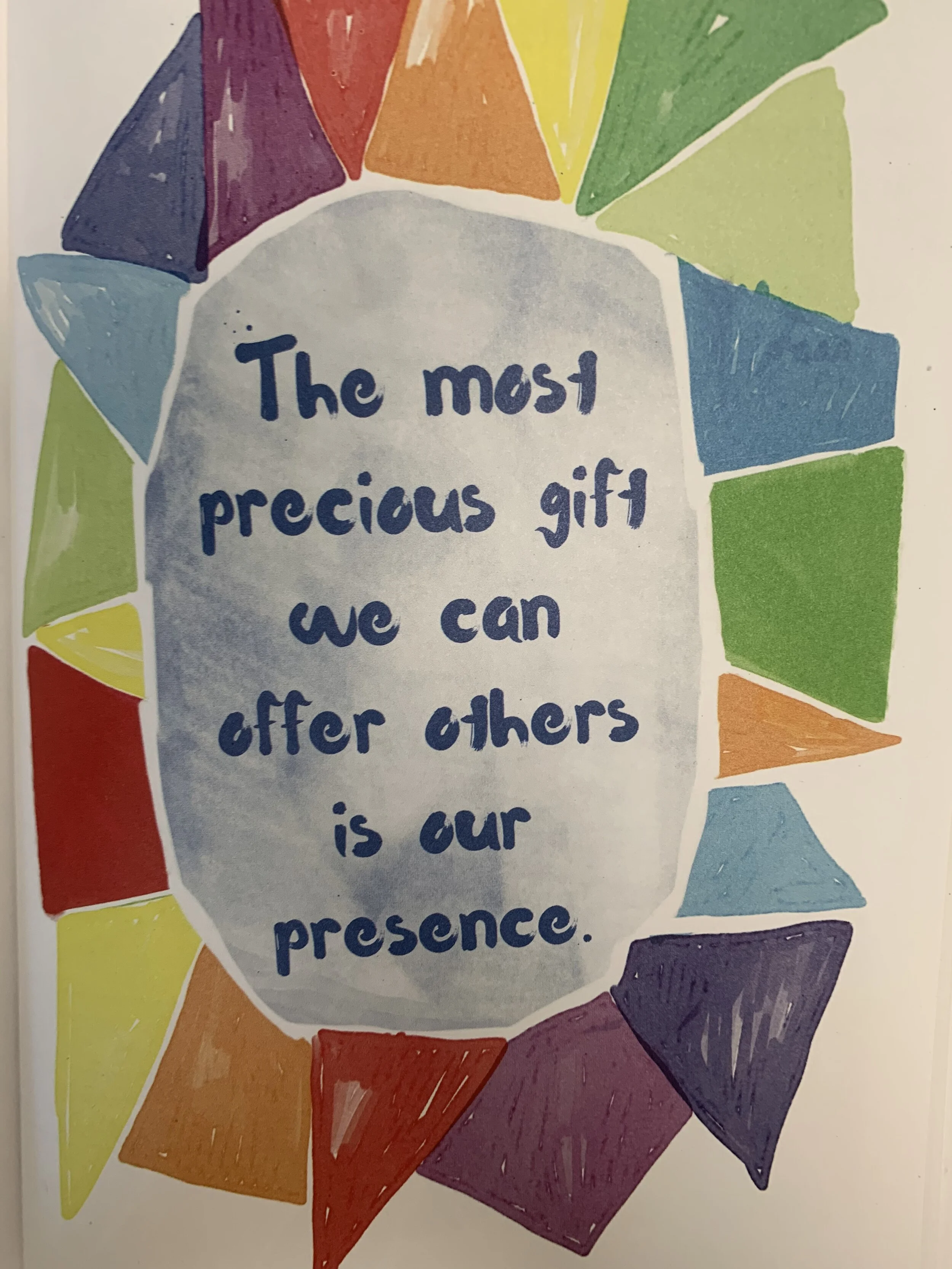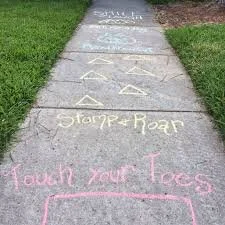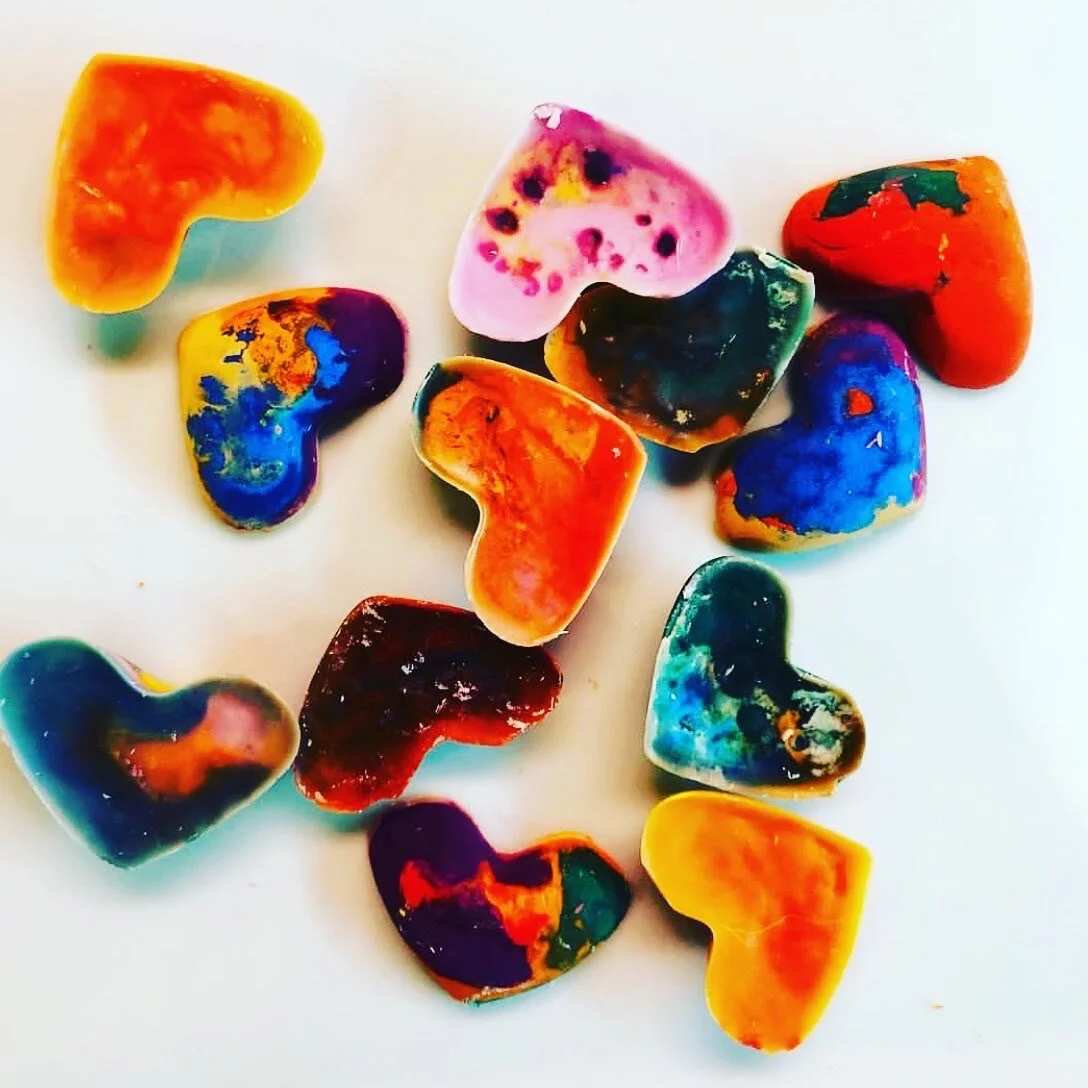Inspired by the work of Richard Louv, author of Last Child in the Woods, as well as our beloved preschool, The Mountain School, being outside has become fundamental to my family. It may be that my attention to the need for this causes me to see more and more articles about the importance of fresh air and being outside or it may be that there actually are more articles being written about this topic. Nature Deprivation Disorder has been referred to and it walks a similar line with some of our common childhood ailments such as ADHD and Sensory Processing Disorder. It makes sense, and aligns with my education as an OT, that kids (adults too!) need to be outside. And we need to be outside for more than 20 minutes a day. Schools fear litigation that children might slip and fall on wet grass. Teachers lament the time it takes to put on coats and the mud that gets tracked inside. Parents don’t want to be cold and wet. Believe me, there are days I don’t want to be cold and wet and really just want to sit on the couch with a movie and a mug of tea. The important thing to remember, however, is that time outside has lasting effects. Here are some of the benefits of time spent in the great outdoors:
Vitamin D which promotes an uplifted mood and cellular growth
Being outside regulates circadian rhythms and promotes improved sleep
Our retinas need to see the sun to stimulate photoreceptors (this doesn’t mean looking at the sun) by allowing sunlight to reach these photoreceptors in the retina, it triggers our body to increase its temperature to an “awake state,” improve mood and cognitive functions, produce melatonin which we need to help regulate our circadian rhythms
Children learn appropriate risk taking with outdoor play. Without these opportunities, risk taking becomes skewed and children will take risks inappropriately because that is what the human body is made to do to learn how to modulate force, tension in our muscles to make things move, what our body needs to do to propel forward and stop- it all relates to taking risks with our body and it’s abilities
When children play outside, they learn independence and problem solving skills. Without being under the ever-so-watchful eye of parents, they build their confidence and self-esteem while engaging with other children, falling and brushing it off, figuring out how to navigate a wobbly tree stump or balance on a balance beam at the park
So what are some great outdoor activities that promote various elements of development? First and foremost, I am a proponent of getting outside any way that you can. If you have a little patio, use it without thinking it is too small. If you only have a driveway and no grass, that is okay as well! Exploring the nature that might be a short drive away provides endless opportunities for open-ended exploration and even simple, typical childhood activities like digging in the sand work to build shoulder strength, increase proprioceptive feedback, help children learn body awareness, can build the vestibular sense as they bend down and stand up again. See how many things go into one task?! This is the part about occupational therapy that I just love- breaking down an activity to really dissect just exactly IS going on in the body! So let me give you some other examples of ways to build skills…
Take a nature walk and bring along some children’s scissors to snip little cuttings of trees and plants. You can give kiddos a bucket to fill so then they are crossing midline to drop their cuttings into the bucket opposite of the hand they cut, or find an interesting branch and bring along some rubber bands. Then they can tuck their treasures into the rubber bands for a nature journey stick. This is a fun way to build scissor skills, even if you aren’t using scissors and they pick up various treasures they find on the ground, children are practicing modulating their grasp patterns based on the size and weight of the treasure!
Don’t let rain stop you! I love the way sidewalk chalk feels and looks on wet pavement. This is a great way to get outside even in the rain and work on some directional lines, open-ended drawing, or even some writing!
Visual memory is a skill that we use daily to be able to quickly recognize salient features and our brain can recognize the parts without seeing the whole. We also use it to remember sequences of numbers and letters. As we get older, this becomes more automatic. For young kiddos just learning their shapes, letters, and numbers you can build this skill with fun games that challenge the brain to “take a picture.” This is another way to get outside and encourage reluctant kiddos to explore and collect some treasures. Here is what you need:
a cloth (bandana or even an extra sweatshirt will do)
something to cover items that you find (this can be another cloth or find a branch with some leaves on it that would be large enough to cover the items)
Gather 5 to 10 objects around without the kids seeing what you are collecting. For younger kids you will want just 5 but for older kiddos, it is more challenging with more objects. Arrange the objects on a cloth and ask the kids to “take a picture” for 30 seconds and try to remember the objects. You can even add a challenge to arrange them in an order and ask the kids to remember the order when they are arranging theirs. You will then cover the objects and ask the kids to go find the objects and then meet back and make their own arrangements. This provides an opportunity to not only work on visual memory skills but to talk about elements of nature and the sensory aspects of the items.
If you live where it snows or freezes overnight, these ice mobiles are so beautiful to make and can be a great way to work on fine motor skills and talk about water freezing to ice. Gather various containers and fill with water, leaving enough room to allow for expansion as it freezes. Gather natural materials to place in the water and a piece of string to hang once it has frozen. Leave it outside overnight and check on it in the morning to hang and watch it melt as the day warms up (hopefully!) You can also add food coloring- just be mindful of where you hang it as the mobile melts and drips. You can also make ice orbs by filling a balloon with water and helping kiddos tie it, then leave it outside to freeze. In the morning, cut the top and peel away the balloon (be sure to put these pieces in the garbage!) These will glitter and glisten in the sunlight!
Another activity for the snow that is so fun is writing or drawing in the snow with food coloring and a turkey baster or basting brush. I also did this with Jello because that was all that we had on hand, but in hindsight I’d avoid red because it looks a bit like a crime scene!
We also love making bird feeders. It is so easy and there are many things you can use to make one from a hallowed out orange or avocado to serve as boats for bird seed, stringing cheerios on a pipe cleaner and hanging on a tree or our personal favorite, rolling a pinecone in bird seed. Here’s what you need:
An assortment of pinecones
Twine to tie at the top- loop it around a few times and tie a tight knot
A knife or tongue depressor for spreading
Nut butter or vegetable shortening
Bird seed in a shallow bowl or pie tin
You will tie the twine on the pinecone, spread the nut butter or vegetable shortening on (this is a great way to work on bilateral coordination and proprioception- it can be tricky to apply enough force to get it spread!), then roll the pinecone in the bird seed! Voila!
Sensory bins are great for outdoors too and my favorite are those that the birds enjoy also. One of our favorites is a cranberry bog. Fill a large under-bed storage box or a water table with cranberries and water and add strawberry baskets, scoops, and cups and the kids have so much fun. These are also fun to pop when they fall on the ground but be mindful that the cranberries could stain the concrete!
I hope you find these activities as enjoyable as we have! Just remember, being outside is so life-giving on so many levels. It builds skills, boosts your mood, promotes healthy sleep, and builds connection with others and the environment. Know that you are doing your kids and yourself a huge service by getting outside each day, even if just briefly. Notice the sky, the sounds, the smells. Bringing these bits of mindfulness and awareness to the forefront will build lasting habits for a love and appreciation of slowing down and being outside.
References
Brussoni et al. (2015). What is the Relationship Between Risky Outdoor Play and Health in Children? A Systematic Review. International Journal of Environmental Research Public Health. 12(6):6423-54. doi: 10.3390/ijerph120606423.
Dowdell, K., Gray, T. & Malone, K. (2011). Nature and its Influence on Children’s Outdoor Play. Australian Journal of Outdoor Education. 15(2), 24-35.
Little, Helen and Wyver, Shirley. Outdoor play: does avoiding the risks reduce the benefits? [online]. Australian Journal of Early Childhood, Vol. 33, No. 2, June 2008: 33-40. Availability: <https://search.informit.com.au/documentSummary;dn=200808182;res=IELAPA>
Lockley, S., Arendt, J., & Skene, D. (2007). Visual Impairments and Circadian Rhythm Disorders. Dialogues Clinical Neuroscience. 9(3):301-14.






